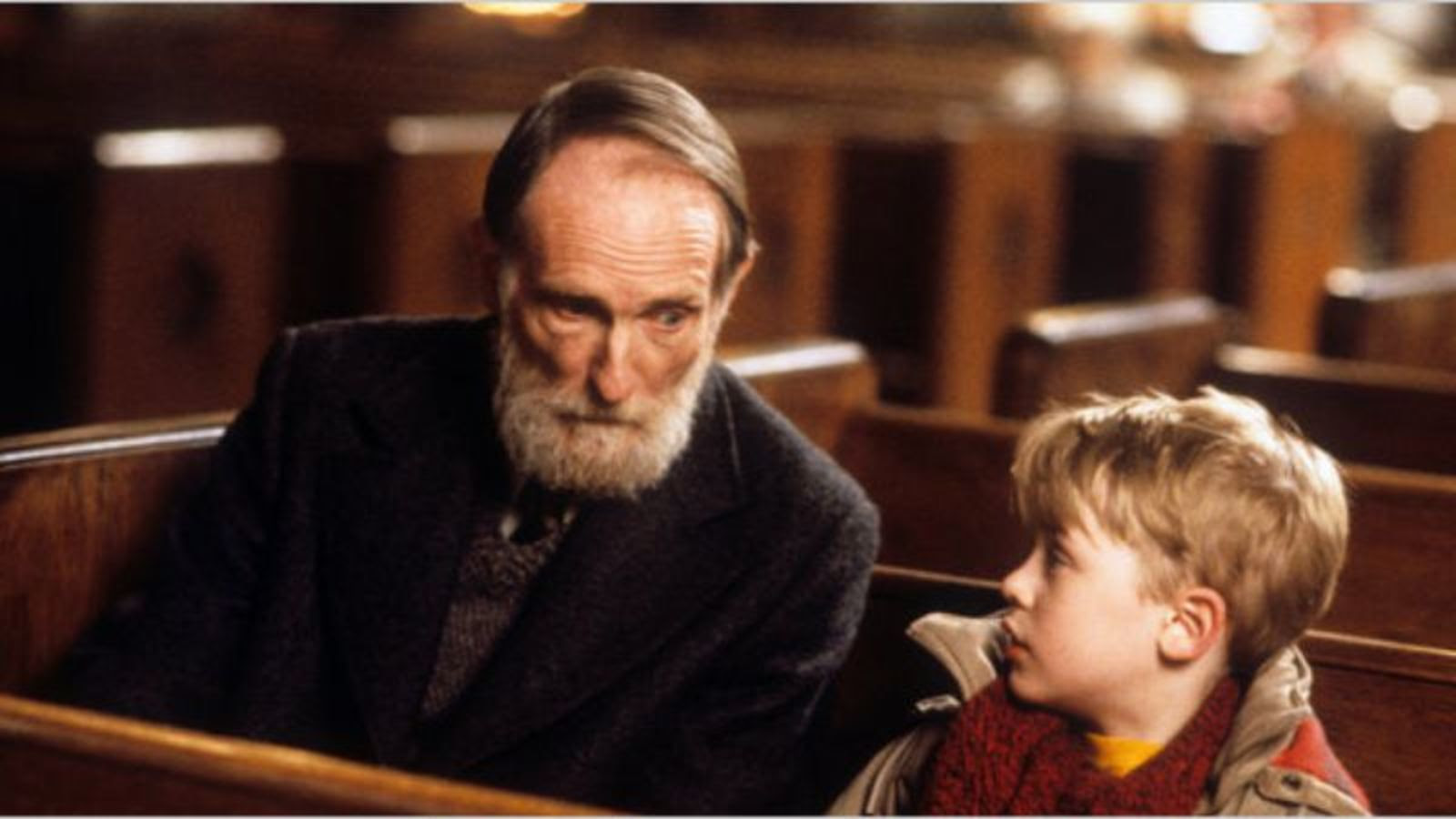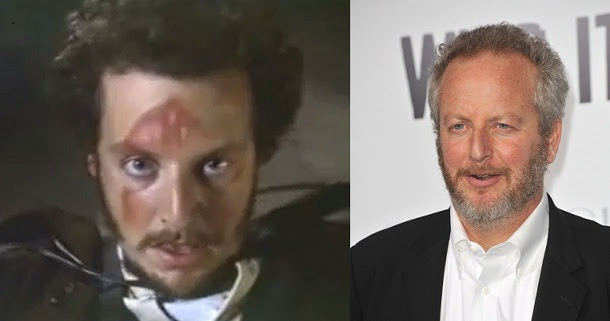A year after the publication of Die Hard, fans were inspired by a new, unexpected type of hero, one who relied on brains rather than muscles. Kevin performed this consistently throughout the film, making it appear that Harry and Marv’s numerous wounds resulted from accidental mishaps rather than brutal Rambo-style takedowns. Kevin tried several strategies, including the iron to the face from “Home Alone,” a frozen set of stairs, some cunning use of shadows, and a swinging paint can.
The Movies That Made Us, a documentary available on Netflix, explained how the iron trick from Home Alone was the consequence of a fortunate production mistake. Home Alone was released before CGI was widely used; therefore, the stunt doubles needed more room to make mistakes. This stresses the cast and crew, especially first-time cinematographer Julio Macat. Macat sought a second chance at his wide shot if the stunt could only be performed once. The bonus cam, or “the chicken **** cam” as Macat nicknamed it, was the smallest available backup camera. However, director Chris Columbus and his team quickly realized that Macat was the best instrument they had for capturing the gritty, rapid, humorous, ground-level style for which Home Alone is known. Thus it became Macat’s primary tool.
The stunts in Home Alone were so impressive because of the technical restrictions placed on the camera.
The film’s bonus camera shot the classic scene in which the Home Alone iron descends a chute and lands on Marv’s face. Macat rigged the camera to a piece of rope and sent it tumbling down the chute, giving Marv the feeling that an iron was actually coming at him. Macat could keep Home Alone’s grit without adding to the film’s already exorbitant budget, winning over critics and moviegoers alike. By doing so, bonus cam “made it big.”
 Old Man Marley and Kevin in “Home Alone” | 20th Century Fox
Old Man Marley and Kevin in “Home Alone” | 20th Century Fox
Here’s Kevin, Rod, and Buzz in Home Alone, hanging out by the glass.
It was clear that Kevin McAllister had set up numerous traps for the robbers in Home Alone, and the same idea permeated the plot of Home Sweet Home Alone. Although the newer film features CGI, the older film’s success demonstrates that nothing beats the real thing when it comes to magic. The Disney remake used CGI for various settings and effects to reduce the amount of physical labor put into the film, but this ultimately worked against it.



Comment here